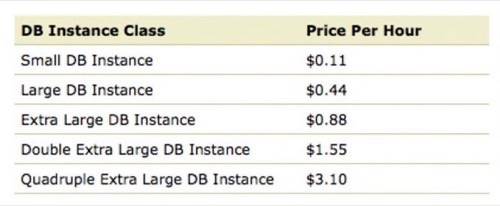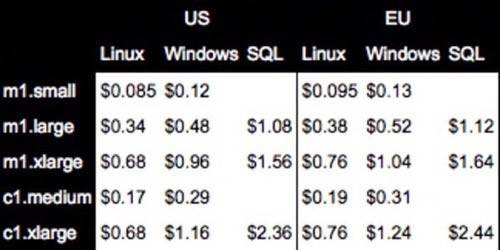Amazon is providing users with the ability to run relational databases in the cloud. The service, Amazon Relational Database Service (RDS), means that customers now have another way to use a cloud service for a function normally administered by an IT department.

Werner Vogels, chief technology officer for Amazon, says the new service means that RDS customers will not have to deal with “the ‘muck’ of relational database management freeing up its users to focus on their applications and business.” RDS will take care of the headaches such as patching and IT administration of the relational database.
According to Vogels, RDS provides the full capabilities of a MySQL Database. The goal is to make it simple for customers to move their databases to RDS without needing to make modifications. Like all Amazon Web Services, RDS scales based on usage. The customer may use as much storage, power and memory as they need. Costs ebb and flow depending on how much they use. Storage, for instance, is managed through API calls.
RDS pricing per instance is as follows:

In addition to RDS, Amazon now offers Simple DB and Amazon EC2- Relational Database AMI.
The Simple DB service is a simpler version of RDS. According to Vogels, it is designed for applications that do not require a relational model and principally demand indexing and querying capabilities.
The Amazon EC2- Relational Database AMI is designed for users who have particular relational database requirements and want full control.
RDS may be a bit slow to adoption as security is the big issue for the enterprise. But this issue will wane as people recognize that cloud offerings can be as secure as on-premise systems. Further, we are sure that security concerns will mellow when companies compare the costs and time requirements of RDS to what they do on-premise.
In that regard, prices are already decreasing for EC2. Starting November 1, Amazon is dropping its per-hour prices for the following:

That’s a 15 percent drop in cost from the current prices for Linux instances.










